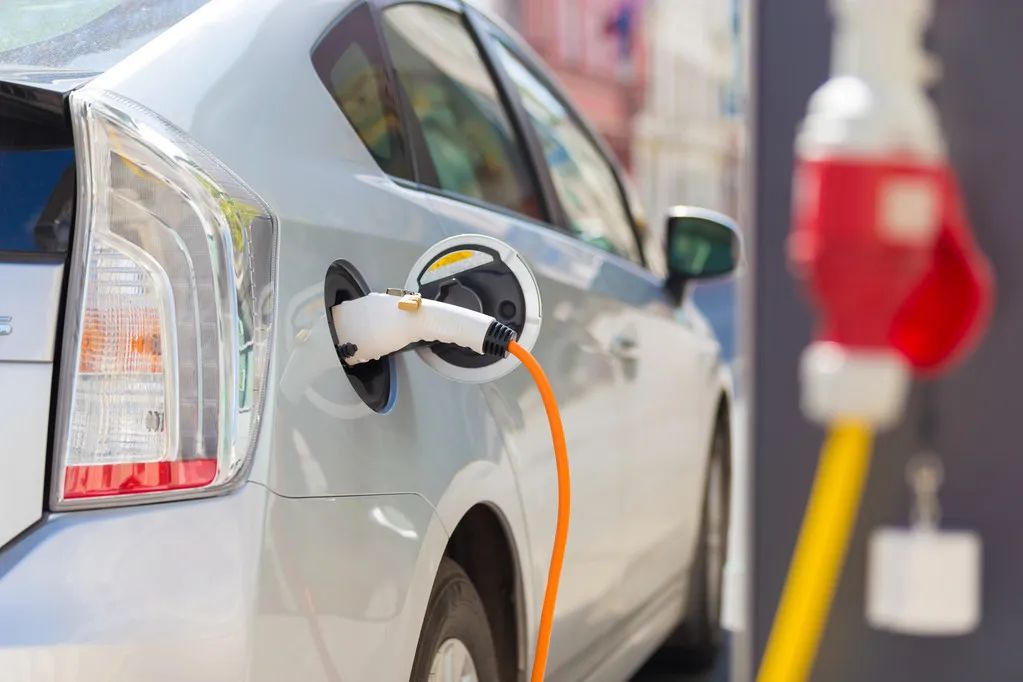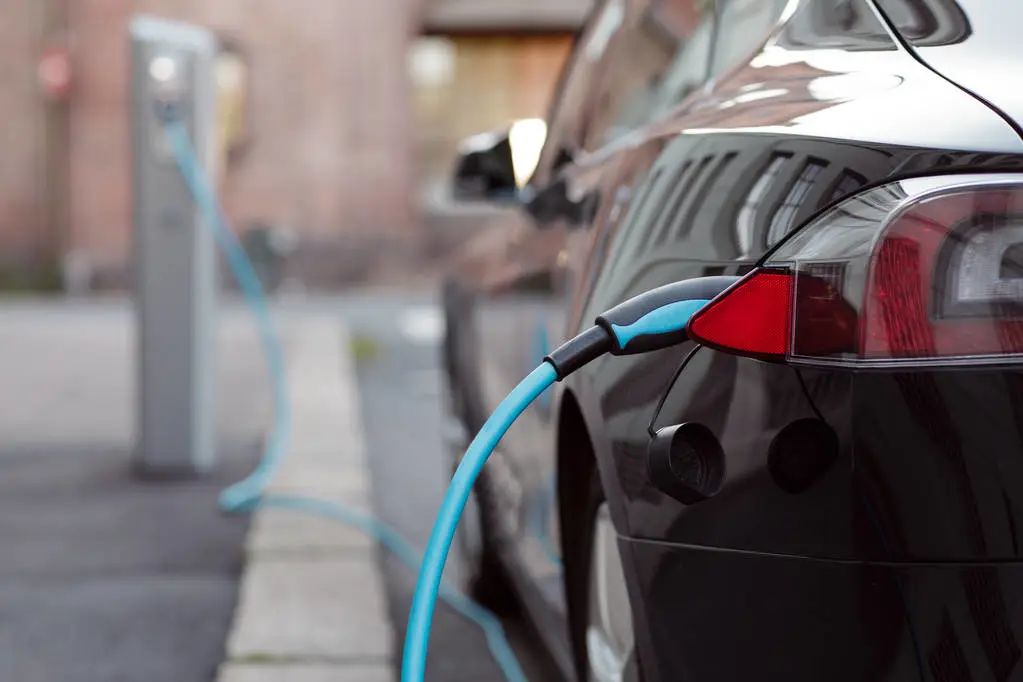During regular charging, many new energy vehicle owners may have encountered the situation where the charging pile automatically stops charging when it is close to being fully charged.

What is the reason for this? Follow today’s article to gain a deeper understanding.
Charging Principles of New Energy Vehicles~

01
SOC is Around 98% to Ensure Charging Safety
SOC, or State of Charge, refers to the battery’s charging status, also known as remaining power, which represents the ratio of the remaining dischargeable power after the battery has been used for a period of time to its fully charged power, usually expressed as a percentage.

Many vehicle owners set their vehicle’s SOC below 100% to prevent overcharging. When the charging power reaches the preset SOC value, charging will stop. At the same time, most common charging operators on the market adjust the SOC threshold for safety reasons, meaning that when the charging station detects that the vehicle’s remaining power has reached the set value, it will automatically stop the charging operation.

This leads to what people refer to as the “automatic stop” or “not fully charged” situation, which is a normal phenomenon. This setting is designed to avoid potential battery short-circuit issues that could arise from overcharging, especially if the vehicle’s built-in BMS (Battery Management System) fails to automatically interrupt the charging operation, which could lead to fires and unnecessary safety incidents.
02
Achieving ‘Full Charge’ Through Slow Charging
Therefore, if the vehicle’s remaining power has reached the preset SOC when it stops charging, it can be considered a normal situation. If the power has not reached the relevant value and it stops charging, you can reinsert the plug and restart charging. Of course, some charging stations may further lower the SOC setting for safety in high-temperature weather, and you can consult the station administrator or customer service for specific information based on actual conditions.

So, if you want to pursue a 100% full charge, under the premise that the vehicle’s SOC is set to 100%, you can charge at a fast charging station until it reaches the SOC threshold, and then switch to a slow charging station for trickle charging to achieve a “full charge”. However, it is still recommended to follow the practice of shallow charging and shallow discharging, which is more in line with the normal usage state of lithium batteries.
Source: Shijiazhuang Public Security Traffic Police
Some images and text sourced from the internet


New China Started Here
The Journey of Examination Begins Here
Welcome to Shijiazhuang, China

Shijiazhuang Broadcasting and Television Station
Urban Service Channel
· Daily Traffic Talk ·
Producer: Gao Guimin
Review: Xiao Wei, Li Xing, Qi Lei
Editor: Xiao Ya